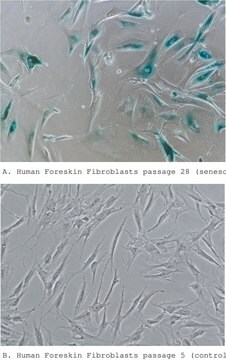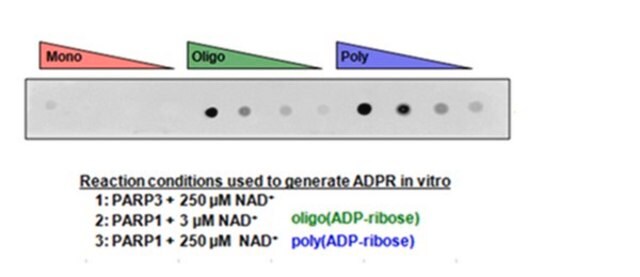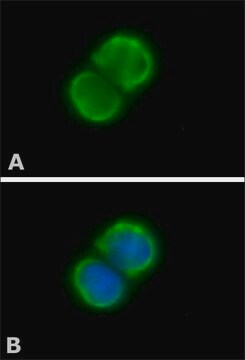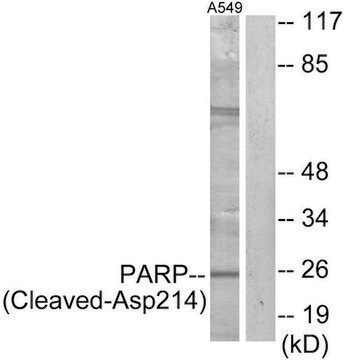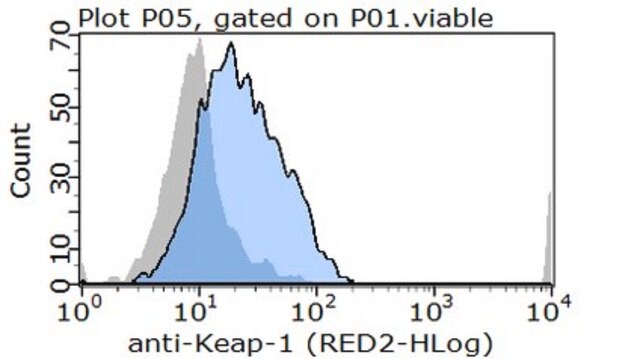P248
Monoclonal Anti-PARP antibody produced in mouse
clone C-2-10, ascites fluid
Sinonimo/i:
Monoclonal Anti-Poly[ADP-ribose] Polymerase
About This Item
Prodotti consigliati
Origine biologica
mouse
Livello qualitativo
Coniugato
unconjugated
Forma dell’anticorpo
ascites fluid
Tipo di anticorpo
primary antibodies
Clone
C-2-10, monoclonal
PM
antigen 116 kDa (PARP)
antigen 85 kDa (prICE/caspase-3 cleavage product)
Reattività contro le specie
hamster, rat, mouse, primate
Non deve reagire con
avian
tecniche
ELISA: suitable (Assay Dependent)
immunocytochemistry: suitable (Assay Dependent)
immunofluorescence: suitable (Assay Dependent)
immunohistochemistry: 1:10-1:100
western blot: 1:500
Isotipo
IgG1
N° accesso UniProt
Condizioni di spedizione
dry ice
Temperatura di conservazione
−20°C
modifica post-traduzionali bersaglio
unmodified
Informazioni sul gene
mouse ... Parp1(11545) , Parp2(11546)
rat ... Parp1(25591) , Parp2(290027)
Categorie correlate
Descrizione generale
Poly (ADP-ribose) polymerase 1 (PARP1)/PARP is encoded by the gene mapped to human chromosome 1q42. It is a nuclear protein with molecular mass of 113kDa and is characterized with three functional domains. It belongs to the PARP superfamily.
Specificità
Immunogeno
Applicazioni
Azioni biochim/fisiol
Stato fisico
Esclusione di responsabilità
Non trovi il prodotto giusto?
Prova il nostro Motore di ricerca dei prodotti.
Codice della classe di stoccaggio
10 - Combustible liquids
Classe di pericolosità dell'acqua (WGK)
nwg
Punto d’infiammabilità (°F)
Not applicable
Punto d’infiammabilità (°C)
Not applicable
Scegli una delle versioni più recenti:
Possiedi già questo prodotto?
I documenti relativi ai prodotti acquistati recentemente sono disponibili nell’Archivio dei documenti.
Il team dei nostri ricercatori vanta grande esperienza in tutte le aree della ricerca quali Life Science, scienza dei materiali, sintesi chimica, cromatografia, discipline analitiche, ecc..
Contatta l'Assistenza Tecnica.


